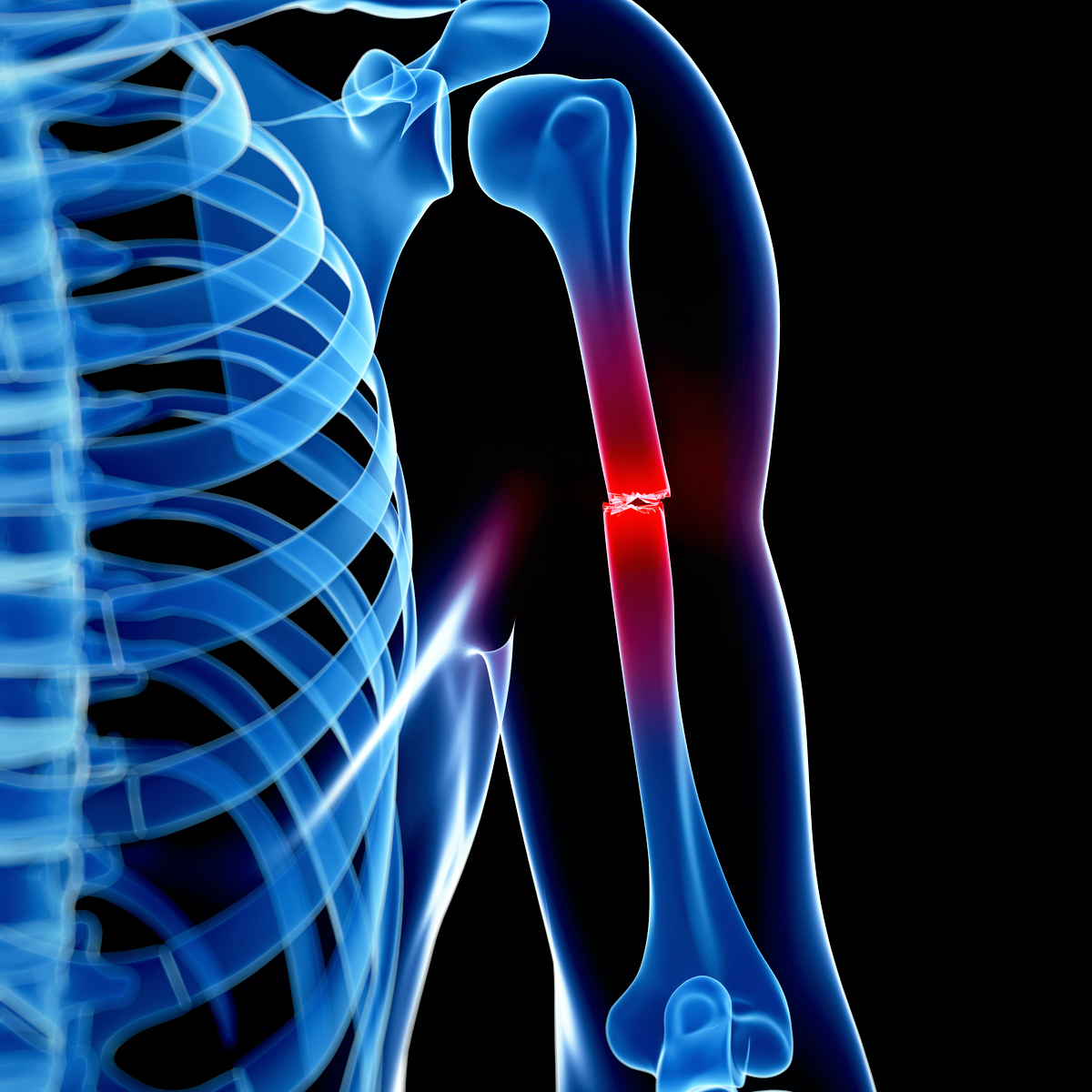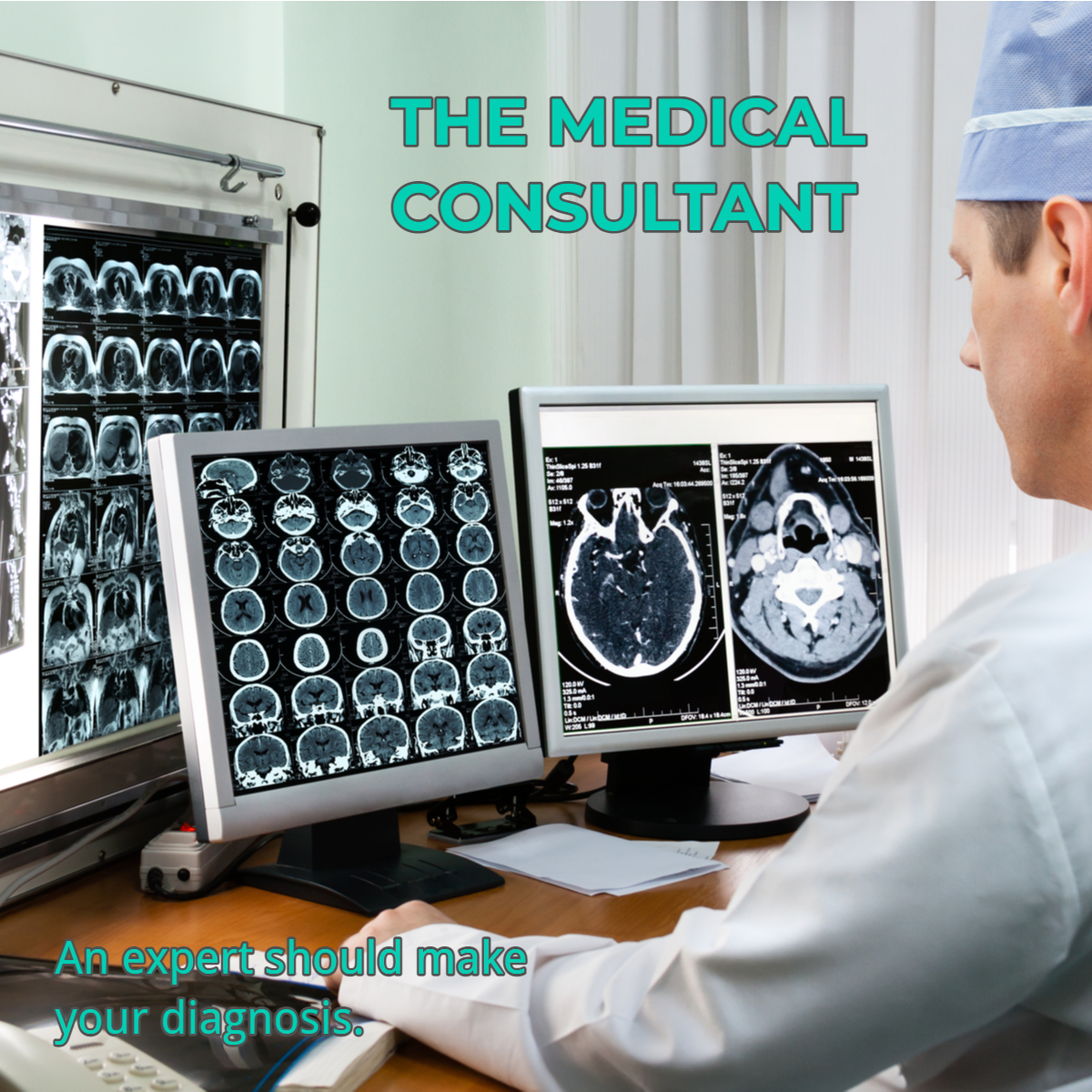Although an x ray is the best initial way to screen for a fracture of a bone, it is not perfect and has its limitations. This is because that when a fracture occurs, we only see it on x ray if the involved broken bones displace a small amount allowing the fracture to be seen. Imagine if you took a piece of plain white paper and you cut it into 2 pieces at an angle. If you push those 2 pieces back together so that they align perfectly you cannot really see that the paper is cut into 2 parts. However, if you slide one of the pieces of paper up even a little or pull the 2 pieces apart so that there is a space in between then you can easily see that it is 2 pieces of paper. Fractured bones behave in the same manner. Therefore, if the fracture impacts on itself and does not displace then it is almost impossible to spot on a regular x ray (the 2 pieces of paper are aligned). Luckily if the fracture is displaced even a little bit, then there is a cortical step off at the break which our eye can now usually see.
There is another factor which happens naturally as our body is healing which is part of the normal repair process and ultimately allows us to see the 2 sides of a fracture even if there is no displacement. This happens because in the first day or two after a fracture occurs, there are cells in our body called osteoclasts, and their job is to come to the fracture site and essentially eat the debris and fragments of bone at the fracture site so that healing can start. As the debris at the fracture is absorbed by the osteoclasts the fracture line becomes apparent. Therefore, after a few days not only is the fracture easier to see but the fracture line will actually look wider than it did initially. Therefore, you may experience going to get an x ray performed and be told that there is no fracture of a bone. However, a day or two later you may go back to the doctor because you are still having pain and now when you get an x ray the fracture is obvious to everyone in the room. The fracture has displaced a small amount in the interval and the osteoclasts have started absorbing the debris from the fracture site and now the fracture can be seen.
There are also several more technical factors which play into why a finding such as a fracture was not seen by the initial radiologist interpreting your exam. This can include things such as perception error for which the radiologist saw the abnormality but attributed it to something other than a fracture such as a nutrient blood vessel in the bone. This could be related to satisfaction of search which occurs innately within humans that after they see one abnormality their brain becomes satisfied and stops looking as closely for the second or third fractures which may coexist. Then there is always disruption of search pattern which can happen in many medical settings. Radiologists are taught to follow a search pattern when interpreting an exam so that nothing is missed. However, a phone call or human disruption during that search pattern could lead to the radiologist losing their place and inadvertently skipping part of their search pattern. Beyond all of this is human error which in radiology has been shown to be around 3% across the board. This means that up to 3% of all exams performed, the abnormality was missed for no easily explainable reason.
The moral of the story is that if you pain has not improved after an accident then get a second opinion from your doctor or if you have imaging performed, get a second opinion or consultation from The Medical Consultant.



